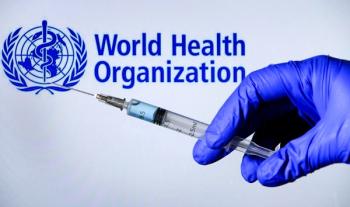
Tinea Corporis: An Overview
Dermatophyte infections have a predilection for certain anatomic sites, such as the feet, groin, and scalp. Tinea corporis refers to involvement of the trunk and extremities. The condition arises either from direct exposure to an infected source or by extension from an adjacent affected site. Itch is a common symptom, but the intensity of the pruritus can vary from patient to patient.
Dermatophyte infections have a predilection for certain anatomic sites, such as the feet, groin, and scalp. Tinea corporis refers to involvement of the trunk and extremities. The condition arises either from direct exposure to an infected source or by extension from an adjacent affected site. Itch is a common symptom, but the intensity of the pruritus can vary from patient to patient.
Dermatophyte infections are also called ringworm, because of the characteristic appearance of an annular erythematous ring with a raised border, scale, and some central clearing.
The patient pictured here has extensive involvement of the trunk, which suggests a long-standing infection or an underlying disorder that compromised the immune system. Diabetes mellitus or chronic corticosteroid use are among the conditions that predispose persons to extensive dermatophyte involvement.
The goal of therapy for widespread tinea corporis is eradication and prevention of the infection. If there are no contraindications, systemic treatment is the best option. Generally, patients are less compliant with topical therapy, which is not as effective or cost-efficient. Options include a 1-week trial of itraconazole or a 2-week course of terbinafine. Alternatively, any of the topical antifungal agents may be tried. For prevention, a topical antifungal powder with miconazole or ketoconazole shampoo may be helpful.
Newsletter
Enhance your clinical practice with the Patient Care newsletter, offering the latest evidence-based guidelines, diagnostic insights, and treatment strategies for primary care physicians.



















































































































































































































































































